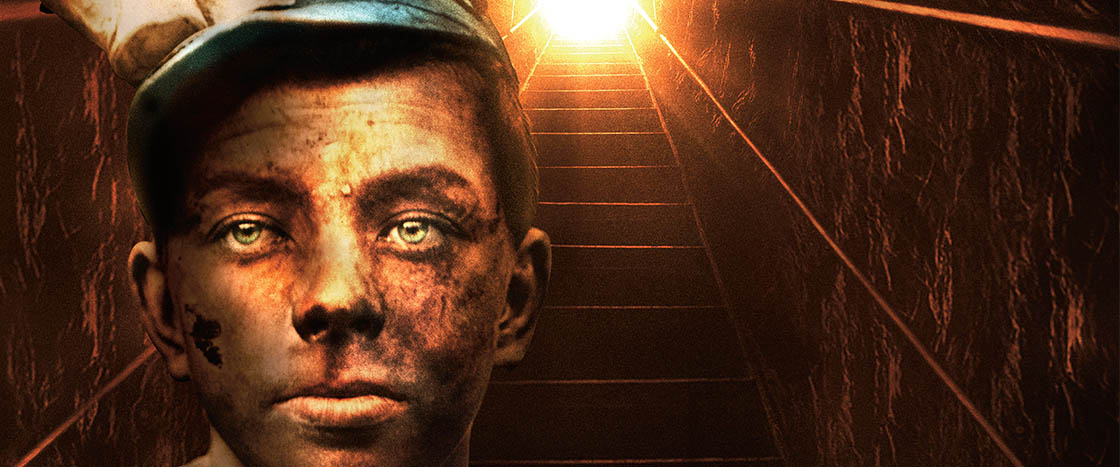Fourteen-year-old Albert Buckle was staring at death itself. Thick smoke billowed toward him. Flames licked at the ceiling. With each passing second, the heat grew more unbearable.
But Albert couldn’t run away from the roaring fire. He was trapped deep underground in the coal mine where he worked.
As the inferno blazed hotter and stronger, people were starting to panic.
“Everyone is going to die!” someone shouted.
It was November 13, 1909, at the Cherry Mine—a coal mine about 100 miles southwest of Chicago, Illinois. Hundreds of feet underground, the Cherry Mine is where Albert—and nearly 500 other miners—spent their days, digging out coal from deep inside the earth.
But today, disaster had struck. Albert and the other miners were caught in the middle of one of the most devastating coal mine fires in American history.
Fourteen-year-old Albert Buckle was staring at death. Thick smoke billowed toward him. Flames licked at the ceiling. With each passing second, the heat got worse.
But Albert couldn’t run away from the fire. He was trapped deep underground in the coal mine where he worked.
The fire grew hotter. People started to panic.
“Everyone is going to die!” someone shouted.
It was November 13, 1909. Albert was at the Cherry Mine, a coal mine about 100 miles from Chicago, Illinois. At the mine, Albert and nearly 500 other miners spent their days digging out coal from deep inside the earth.
But today, disaster had struck. Albert and the other miners were caught in the middle of one of the most devastating coal mine fires in American history.

